Here is Edwin Lloyd in our latest edition of the Inside Track, where he unpacks global dairy trends as the NZ season kicks off. Despite expectations of softening, most dairy commodity prices remain firm due to flat milk supply and steady global demand. Edwin covers market updates on WMP, SMP, fats, cheese, and proteins—highlighting key regional influences, forward selling strategies, and the impact of recent US–China tariff changes on whey and protein markets.
Click here to watch more Inside Track videos.
The Inside Track Podcast
Get up to date on the go. Subscribe and Follow on your preferred app:
Welcome to this edition of Maxum’s Inside Track.
It’s absolutely freezing here in Brisbane, which I know a lot of you will potentially roll your eyes at. But as I keep saying to people, it’s all relative. We’re not used to it. I’m not used to it. Even being from England, walls are paper thin here and we’re just not ready for it. But we’ll get through it and. Let’s get into the dairy side of things.
So I thought today what we would do is, you know, it’s that time of the year where we’re into calving season. Now in New Zealand, milk will start, start to flow again very soon. There’s generally an expectation that more products will be available and therefore be a softening of prices and while we have seen over the last month or so a slight softening across all dairy commodities, you know where that that’s high. Price, the demand was tested. We are now seeing, you know, where are we going to land in the in the new season. Pasture conditions in New Zealand are very good at this moment in time. So there is an expectation that the season will start strong and there’ll be a fair amount of milk over the peak period of October slash early November.
But before we get into it by product, let’s just have a, you know, a quick reminder, why are dairy prices so high around the world? You know what is happening, what is driving it across the board?
Well, the fundamental issue is that really milk supply has not grown. Over this last couple of years, New Zealand has been relatively level, Australia same, the US the same, and EU has had problems with various heat conditions and diseases. So no more actual milk is coming out of the main export regions and overall across the globe dairy demand continues to grow, albeit very gradually, but still continues to grow. So we’ve got the same amount. Amount of milk, just more demand. So places like Africa, the Middle East, Asia, South America, all of these places are now consuming slightly more milk than they were, you know, a couple of years ago. That is fundamentally what is going is causing the prices to be high. And until something changes, then really we’re not going to see a big shift in these prices. Where will that change come from? Well, probably the US. They’ve got a lot more capacity now, a lot of building of plants and over the last, you know two years and that will continue. So we expect that to to produce more milk long term. But for more milk you need more cows, more heifers and right now the beef prices in the US are still very, very high. So the, you know the, I guess the.
Want of those processes or farms in the US is really to put more into beef, get the returns while they can and not into increasing their heifer or milking herd right at this moment in time. Let’s get into the individual products.
OK, so let’s go around the globe by actual product type. So let’s we’ll start with whole milk powder, the main, as we know, the main producer of whole milk powder for the export. Market is New Zealand. You know everyone else consumes the other main markets consume their own products, although we are seeing product coming out of South America into into the Middle East or even China into into the Middle East. But fundamentally it’s New Zealand that we’re looking at and New Zealand, you know there was a GDT overnight. Prices remain firm and they do remain firm over the foreseeable future. Which is kind of strange because you would expect there to be a softening given that there’s looks like there’s going to be a lot of milk coming.
As I said, the pasture conditions in New Zealand are good, but processors try and deal with that situation by selling forward other commodities such as cheese and butter, which means that they don’t then have to make as much whole milk over the peak period. The big drivers of whole milk are, as always, China and then there are big users in in Africa such as Algeria. So those are the really the big countries that that that change the dial on on whole milk. China right now stocks are very low. The production of its own whole milk in China is down on prior year. So that demand for imported New Zealand product remains relatively firm. That’s holding the price where it is. It has softened over the last month or so from that all time peak, which really tested demand levels, but we don’t. I don’t expect much softening from here, maybe a little bit weather dependent, but right now it’s relatively firm.
Next up, skim milk powder. So skim milk powder is typically it’s more and more of a commodity as time goes on. You know you you get skim milk powder when you make butter, take the fat out of the whole milk, you get skim milk powder or AMF, and so skim milk powder is, is really seen as the most commoditised of all dairy products. I would say all the major export regions do make and export skim milk powder. So it is available from the EU, the US, Australia, New Zealand and skim milk powder inevitably because it’s got low fat, it lasts for a long time. So it’s usable for a longer period of time than most other commodities. It’s very flat at the moment, it’s very stable.
We may get, you may get parcels of products that come up, but there’s nothing that suggests that it’s going to either go up or go down at this stage. It’s it’s firm across the board where it stands right now.
OK, on to the fats. So with skim, the byproduct then is obviously butter and AMF, the two fat products. Butter continues to be resilient even at these high prices. It’s come off again. It’s it’s very high over the last few months due to lack of supply over this winter period. But now I think where it is landed right now, it seems to be firm at this level. Futures do suggest that it’s going to be lower over the peak period in New Zealand, but so far futures have not been correct when the GDT results have have actually happened. So there’s been quite a big disparity between futures and and the actual GDT results. So it has stayed quite firm if you look at NZ butter. EU butter is still at a 10% premium to NZ butter, so a lot of NZ potentially going across to the EU. US butter is can be up to 20% discount to NZ butter now with a lot of extra product being manufactured in the US that potentially was going into cheese, but they’re not quite ready yet to go into cheese. It’s going into cream, that’s getting into butter. So there is a fair amount of products available in the US. Big consumption of of butter in the US itself and a lot of butter in the US goes up to Canada. There are opportunities for US butter. We are seeing that coming into the Australian market and people are starting to use it. So there is opportunity there to to look at the US butter, approve it and give yourself as much flexibility across the board.
AMF still discounts in terms of fat to to butter, but butter seems to be the champion in terms of usability across food service, across the industrial ingredients and retail. So AMF, the main kind of problems that we’ve seen with AMF have been packaging. The Australian market likes it in a in a cargo cube packaging or a palecon packaging, whereas the overseas market is more drums. So availability is is there into the new season, but it’s really those packaging consistent constraints that we are really looking at.
So on to cheeses, well we’ve seen a fair amount of availability coming out of both NZ and the US on on cheeses. NZ as I said has been heavily selling forward at these, you know these prices to try and mop up capacity so they don’t have to make whole milk over that peak period. With the US what we’re seeing is that there’s been a real push onto that export market. Where there is demand and they can achieve slightly better prices. So we’re seeing a fair amount of cheaper US product on on the international scene right now. So that creates a lot of opportunities for both US and and NZ. But I think once this period is over in the next month or so, we will start to see a firming of product as they sell forward the production of cheese that will start to mop up production and supply will start to tighten and we will see cheeses prices probably firming up over the next couple of months. What I would say is that you know as I said previously. Heifer numbers in the US are needed to increase the production or the supply of milk which then will go into cheese. So longer term we expect the US to be very competitive in this market. We’re not seeing that right now. So over the next six months I expect that demand to to firm and I would be looking at looking at supply right now as the best opportunity for buying.
Ok, and finally on to the proteins.
So whey protein or WPI, WPC, the whole tariff situation between the US and China a couple of months back where there was 125 or 135%, you know retaliation tariff between the two put the most pressure on this commodity whey and also lactose because that is the biggest commodity that or dairy commodity that’s traded between. In those two markets, mainly for that massive piggery market in China. So what that did is it diverted demand up into Europe from China and then the US had a lot of products, you know, extra that they were trying to supply. So it’s really kind of caused a bit of chaos in the in the supply chain. Of of the way products that’s that’s had a knock on impact into you know your WPIs and your WPCs. So what you’ll find here is is that while there is a general trend between EU and US product that really each processor is slightly different depending on what stocks they were holding at the you know and how they dealt with it over the last few months. So really is worth looking at different different processors to find out you know a really you know good opportunity. In general, for WPI, fair amount of demand or fair amount of supply coming out of Europe we’re finding right now. So it it hit its peak WPI that really tested demand levels. We’re still to see that kind of flow into the supermarkets here in Australia. That’ll be interesting in the next couple of months. But assuming that people still want to, you know, buy this protein, which all indications suggest they do right now and they will pay for it then even though. The WPI prices come off slightly or soften slightly, we expect it to be pretty consistent from here on in. For WPC, it’s the opposite situation. There’s none of that products around in Europe or less products around out of the out of Europe, probably due to the base way not being available due to the China tariff situation and that is probably more available out of the US. But again the price of WPC which you know also goes into those sports nutrition products but other other products too is relatively flat from from here on in. So I don’t see much change from where we are around about now depending on what demand situation looks like for these protein proteins at the supermarkets.
So to summarise, some pretty good buying opportunities right now the there’s nothing really to support. Big downside on any commodity from here on that could change with with the weather situation, although we are factoring in that it’s going to be a good start to the season. So if it isn’t then if anything it could potentially could firm product even more as as a lot has been sold forward. But nothing really now is is suggesting a big downside.
So in my opinion I would suggest that if you look at your supply, definitely up until the Christmas period and if you can find a price that works for you and your budgets and you know your production facilities, then it’s worth looking and locking that in. A lot of people are still going short at the moment we’re finding they’re not locking in long expecting this price to come down. I’m not sure it is going to come down a lot more. So if you can find something that works, it is well worth I think at this stage locking that in until we can find out a little bit more and keep an eye on this situation over the coming months.
So that’s it for me for this edition of the Inside Track. Thank you for watching. We’ve got the British and Irish Lions coming to Brisbane this weekend, so I’ll be interested to see that. I’ve always been in England when the British and Irish Lions have been here previously, so it’s my first opportunity to experience it live. So I’m really looking forward to that and it looks like it’s going to be a great atmosphere. Thank you and we’ll see you next time.






